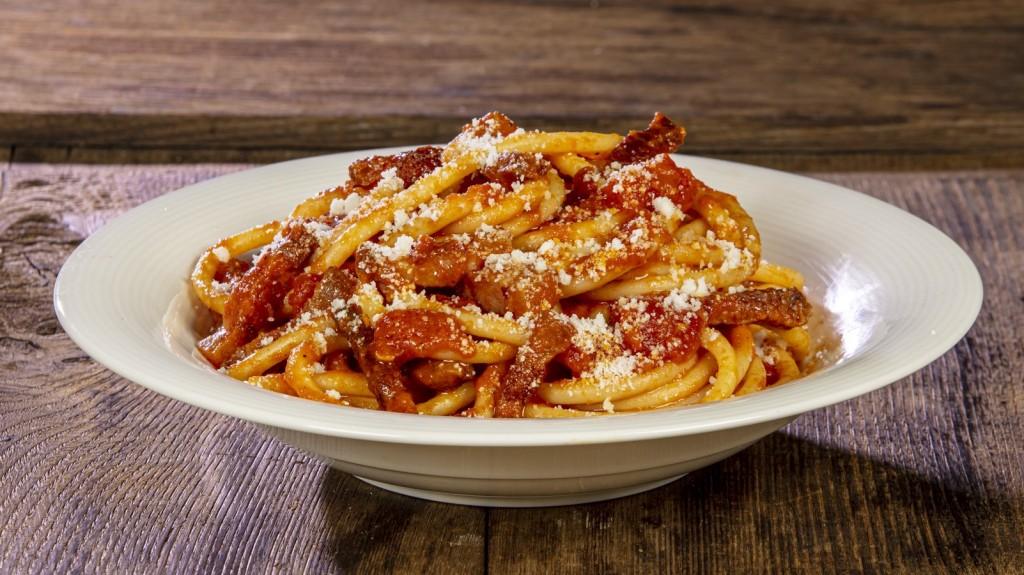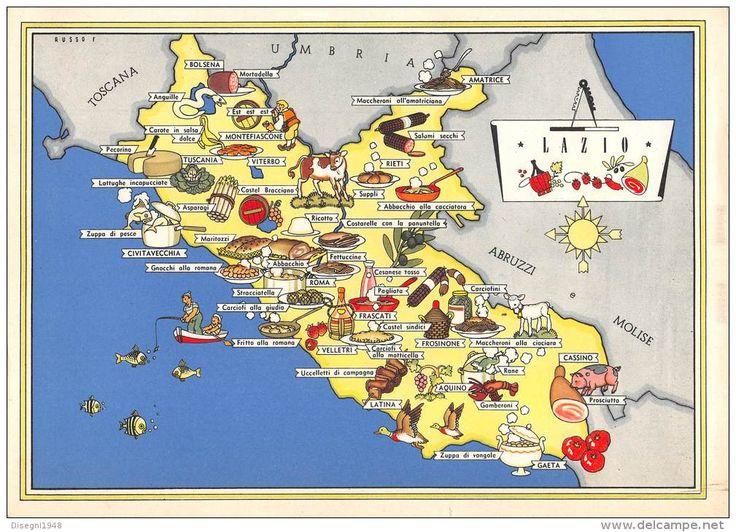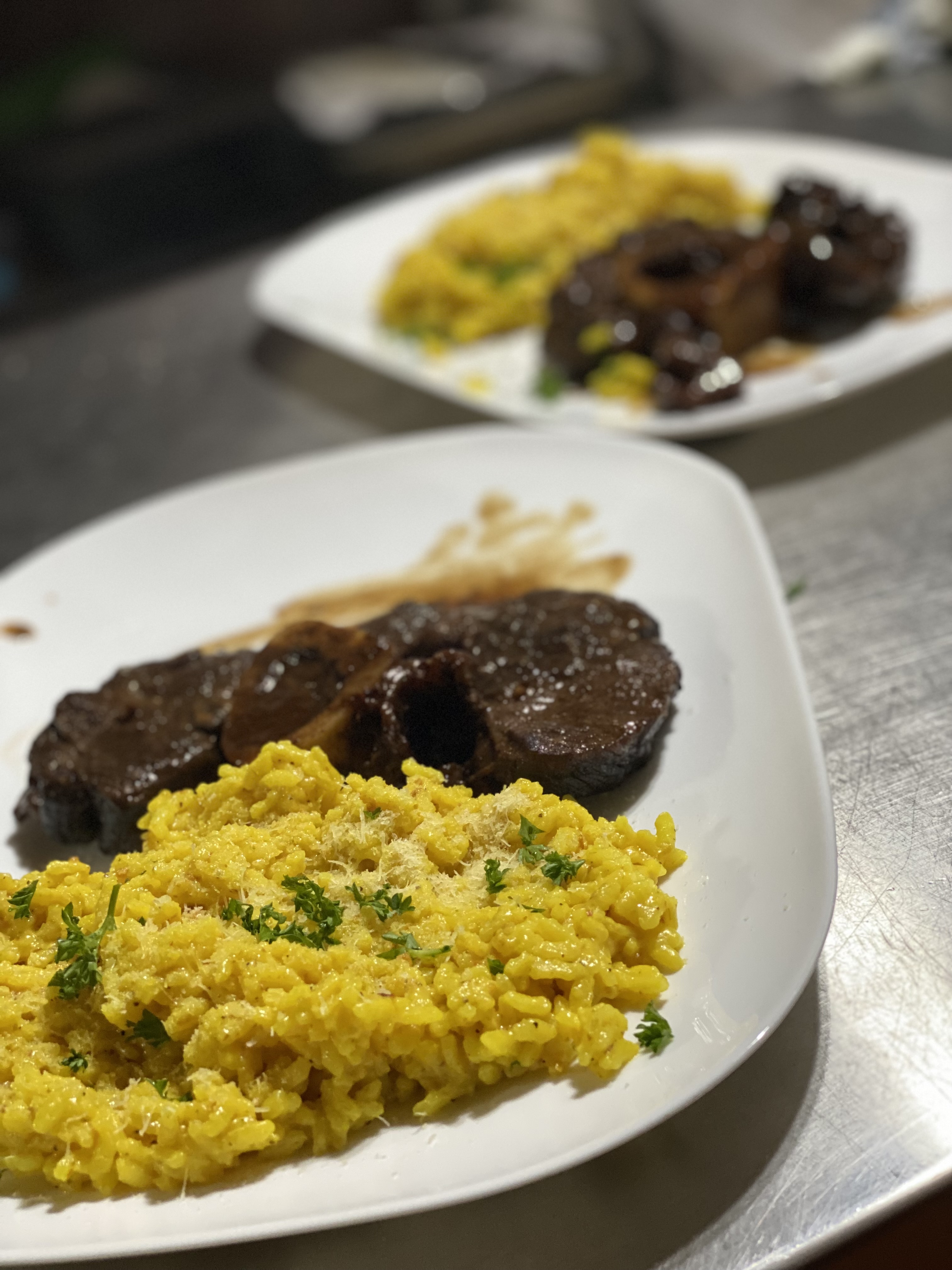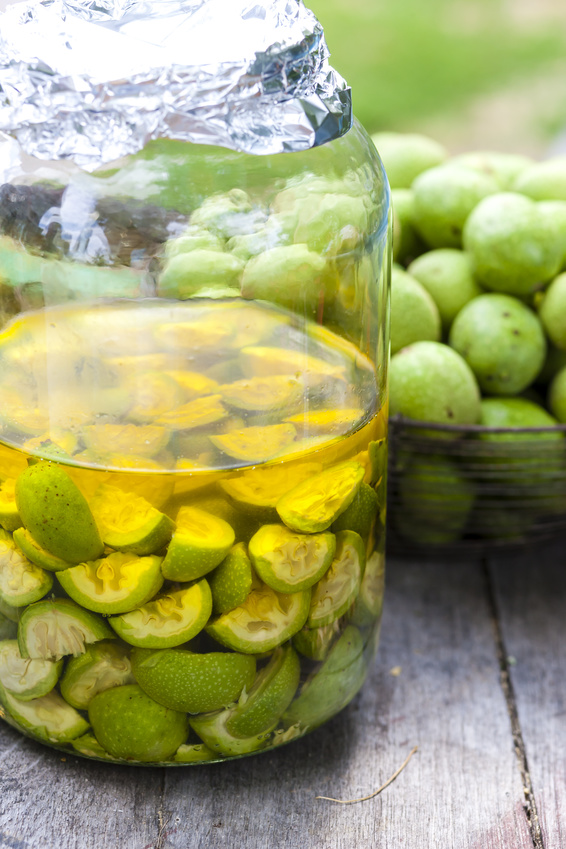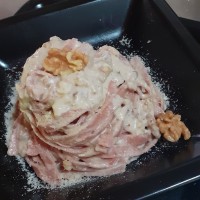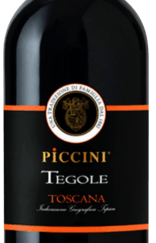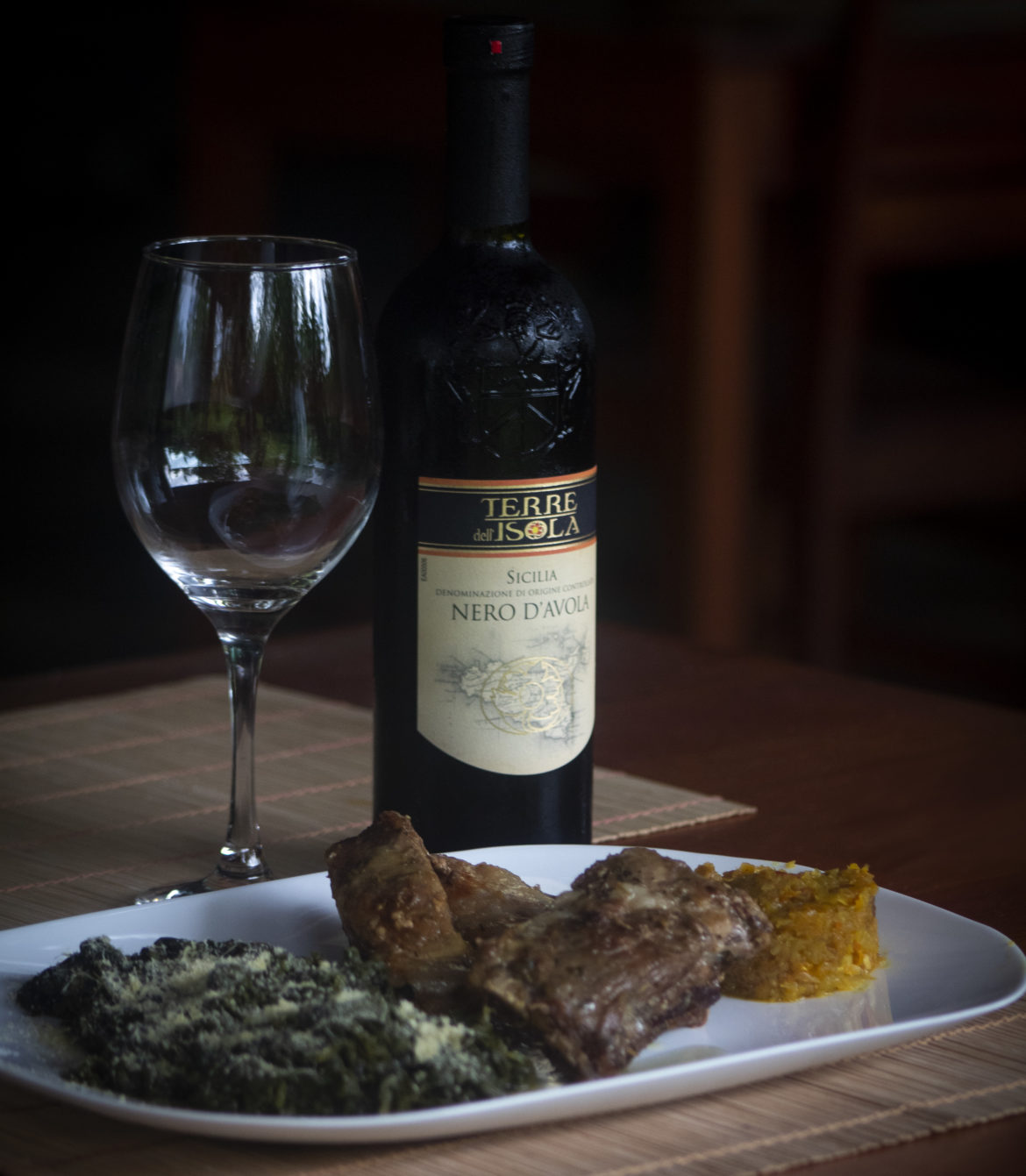🧀 Ricotta
Ricotta is one of the most versatile and symbolic ingredients of Italian cuisine, bridging centuries of tradition from the North to the South of Italy.
If you love stories about Italian flavors traveling abroad, you’ll enjoy our article about how traditional food has evolved from Lazio to Costa Rica — proof that Italian taste has no borders.
🇮🇹 A Story of Simplicity and Ingenuity
The name ricotta comes from the Latin “recocta”, meaning “cooked twice.”
Unlike most cheeses, ricotta isn’t actually cheese, but a whey delicacy — born from the liquid left over after cheesemaking.
The name ricotta comes from the Latin “recocta”, meaning “cooked twice.”
Unlike most cheeses, ricotta isn’t actually cheese, but a whey delicacy — born from the liquid left over after cheesemaking.

- Cow’s milk ricotta (creamy and mild, typical of the North)
- Sheep’s milk ricotta (stronger and flavorful, common in the South)
- Buffalo ricotta (silky, rich, and luxurious)
- Goat ricotta (light and tangy)
Each type tells the story of its land, its animals, and the people who made it.
🍝 Beyond Fillings: Ricotta as a Sauce and Cream
Ricotta is often thought of as a filling for ravioli or lasagna, but its magic goes far beyond that.
It can be turned into delicate sauces and creamy condiments that give pasta an entirely new dimension.
Here are a few authentic Italian inspirations you can try at home:

🍋 Ricotta and Lemon Cream
A light and refreshing sauce made by blending fresh ricotta with lemon zest, a drizzle of extra virgin olive oil, and a ladle of pasta water.
Perfect with spaghetti or linguine — a taste of summer on your plate.
A light and refreshing sauce made by blending fresh ricotta with lemon zest, a drizzle of extra virgin olive oil, and a ladle of pasta water.
Perfect with spaghetti or linguine — a taste of summer on your plate.
🌶️ Ricotta and ’Nduja Sauce
From Calabria, a fiery and creamy blend of ricotta and the famous spicy ’nduja salami.
The result? A rich pink sauce with a kick, ideal for rigatoni or fusilli.
🍆 “White” Pasta alla Norma
Pasta alla Norma is one of the most iconic dishes of Sicilian cuisine, especially from the city of Catania.
It perfectly embodies the Mediterranean spirit — simple ingredients, bold flavors, and vibrant colors.
The recipe features pasta tossed with a fresh tomato sauce, fried eggplant slices or cubes, grated salted ricotta, and fresh basil.

Legend has it that the dish was named after Vincenzo Bellini’s famous opera “Norma”: upon tasting it, a local playwright exclaimed, “This is a true Norma!” — meaning it was a masterpiece.
It’s a dish that captures the essence of Southern Italian cooking: aromatic, sun-kissed, and deeply rooted in tradition.
A modern twist on the Sicilian classic. Instead of tomato sauce, use a ricotta and basil cream to dress fried or roasted eggplants.
Comforting, aromatic, and full of Mediterranean flair.
🌰 Ricotta and Walnut Sauce
A rustic favorite from Central Italy. Mix ricotta with crushed walnuts, a hint of garlic, and a sprinkle of nutmeg for a velvety, earthy sauce that pairs beautifully with pici or tagliatelle.
If you’re curious to explore more regional flavors and stories behind Italian cooking, don’t miss A Culinary Icon from Lazio to Costa Rica — a journey through taste and tradition.

If your sweet tooth is calling, treat yourself to a timeless classic like the Tiramisù — a symbol of Italian dolcezza known all over the world.
🍰 Sweet Traditions: Ricotta in Italian Desserts
When it comes to desserts, ricotta is a true star.
Its creamy texture and delicate flavor make it the soul of Italy’s most beloved sweets:
- Cannoli Siciliani – crispy shells filled with sweet ricotta cream and candied fruit.
- Pastiera Napoletana – a festive tart with ricotta, wheat, and orange blossom aroma.
- Cassata Siciliana – a masterpiece of ricotta, sponge cake, and marzipan.
- Ricotta Cheesecake – the Italian cousin of the classic New York dessert.
🍷 Ricotta and Wine: A Perfect Match
Ricotta’s mild sweetness and creamy texture pair beautifully with Italian wines.
For savory dishes, try a Vermentino or a Frascati Superiore.
For desserts, a glass of Vin Santo or Moscato d’Asti enhances the experience.
Discover more about Italian wines and their perfect pairings in our article Italian Wine: a Journey Through Taste.
🧀 The Heart of Italian Dairy Culture
Ricotta is deeply connected to Italy’s cheesemaking heritage.
It represents the idea of zero waste, craftsmanship, and respect for raw materials — values that define true Italian food culture.
To explore other great dairy products, visit our guide on Italian cheeses — from Parmigiano Reggiano to Gorgonzola and beyond.
❤️ A Humble Ingredient with Endless Soul
Ricotta is more than an ingredient — it’s a philosophy of taste.
It turns the ordinary into extraordinary, linking tradition, sustainability, and the pure joy of simplicity.
Whether in a pasta dish or a dessert, it’s proof that in Italian cuisine, the simplest things are often the most divine.



